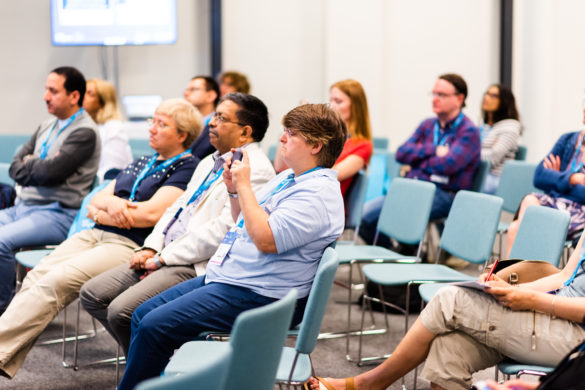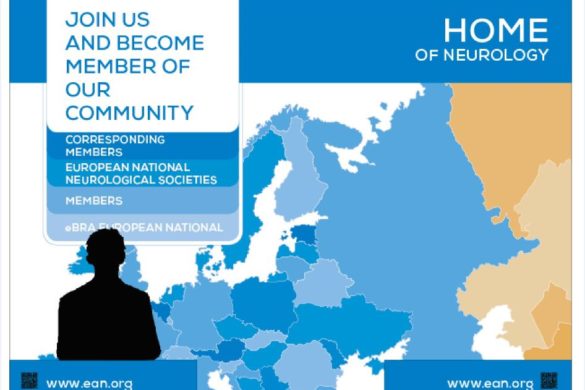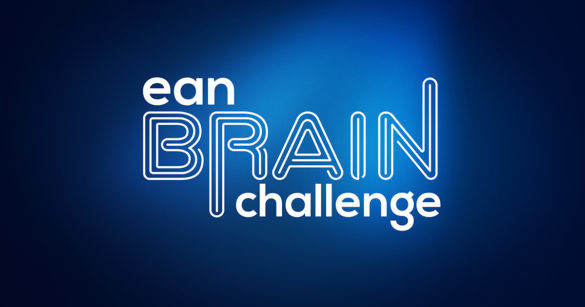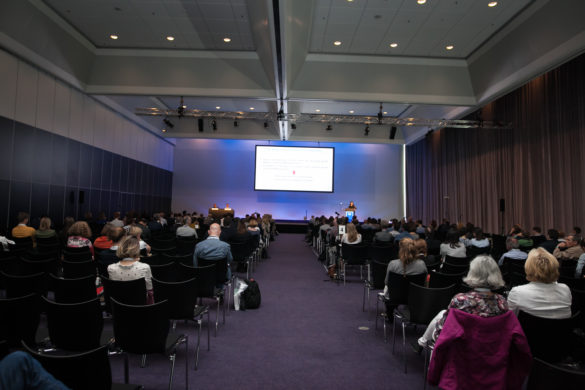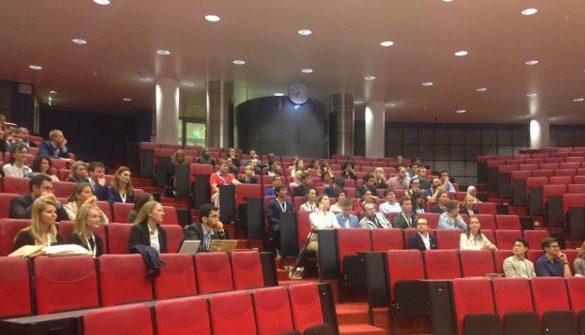The joint symposium organised by the newly established collaborative group of the EAN and the ESC (European Society of Cardiology) was a kick-off to what certainly will be a very fruitful cooperation. The working group will focus on the intricate, yet sometimes overlooked, relationship between neurology and cardiology. They will especially focus on extending the scope beyond stroke.
Kicking off the session, Jan Kovac from Leicester, United Kingdom, talked about the role of cardiac interventions in brain health. Prof. Kovac is a distinguished expert in the field of interventional cardiology, covering both complicated coronary procedures and contemporary valve replacements. His special interest in stroke prevention is perhaps the most immediate link between our two fields. His talk then focused on the role of interventional cardiology in preventing strokes, both in PFO and the up-and-coming technique of left atrial appendix closure in atrial fibrillation. He provided a thorough overview of the current state of research in this area, emphasising how targeted and tailored interventions can mitigate neurological risks and improve patient outcomes.
Following Kovac, Matthias Endres from Berlin, Germany, delved into what is called ‘stroke-heart syndrome’. Endres unpacked the mechanisms underlying this condition, where cardiac and cerebral events are intricately linked in ways that might not immediately be obvious. He talked about how measuring high-sensitive Troponin T revealed the high likelihood for myocardial injury in the days after an ischaemic stroke, expanding on the link to arrhythmias. He also shared some pointers on how to differentiate stress-induced and acute myocardial injury. Prof. Endres delivered an enlightening look into this complex interplay and its implications for patient management.
Subsequently, Charlotte Cordonnier from Lille, France, turned the focus to the neuronal mechanisms underpinning Takotsubo syndrome, a transient heart condition often triggered by stress or intense emotional events. Perhaps not commonly known, Takotsubo stems from the Japanese word for a basket to catch otctopi, and indeed, the dynamic MRI of a heart suffering from this disease makes one think of these smart underwater creatures. Cordonnier shared a detailed yet comprehensive view on the state of the art of Takotsubo diagnosis and research, emphasizing how neuroscience is slowly uncovering risk factors for this rare disease. She showed exciting new data on functional connectivity in Takotsubo patients, implying the Amygdala and thus an altered limbic system in the pathogenesis of the disease. Learning more about this neuro-cardiological disease will open up new ways for diagnosis and treatment.
To conclude the session, Alison Halliday from Oxford, United Kingdom, presented on how treating carotid artery disease could prevent dementia down the line. Her vast knowledge of more than 20 years of experience with clinical trials in this field gave an intimate look at this complicated preventive measure, showing that what is mechanistically plausible might not always translate into clinical benefits – or perhaps not yet.
The symposium successfully highlighted the complex relationship between neurology and cardiology, extending far beyond stroke prevention. It was a great kick-off to this important collaboration that will continue at the upcoming ESC congress in Amsterdam in August. If you want to know more about these exciting talks – you can find all the talks on-demand here.




